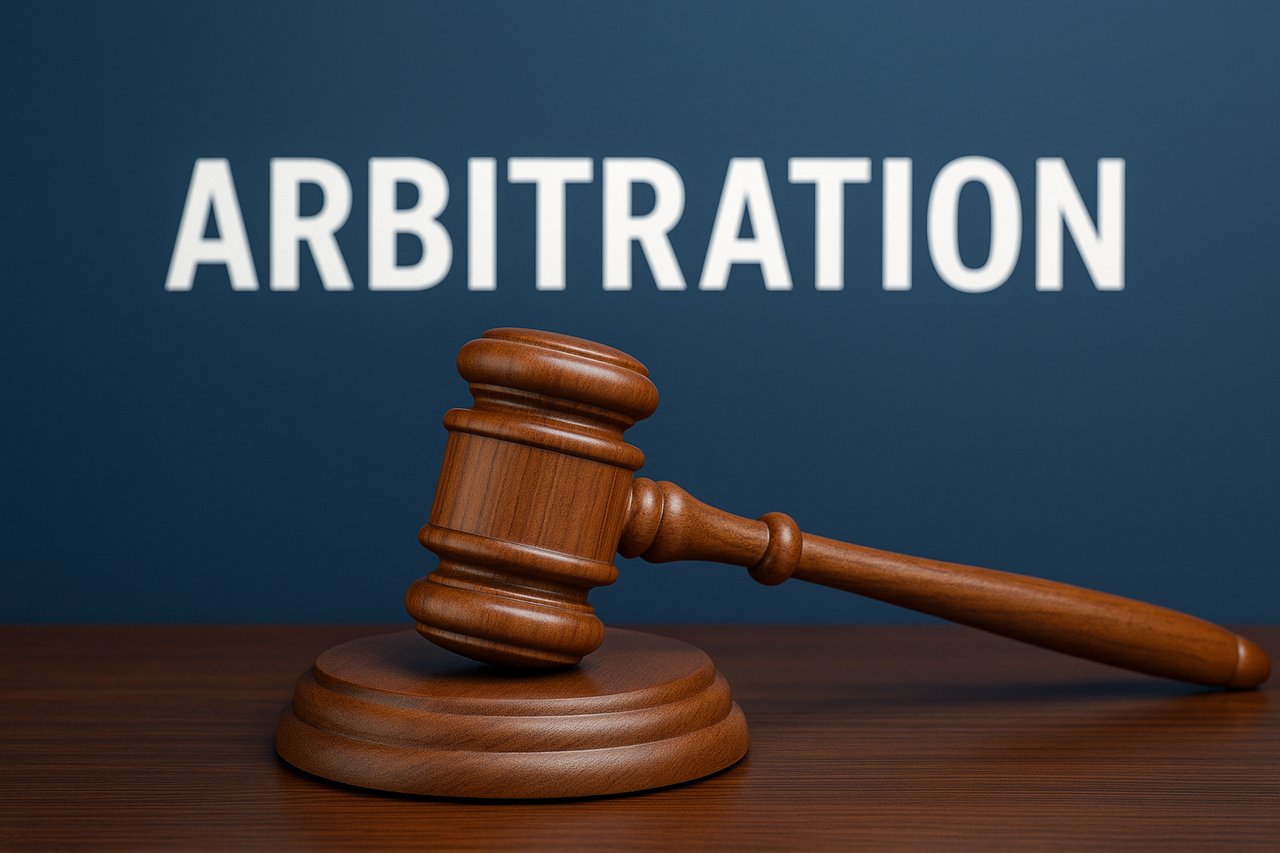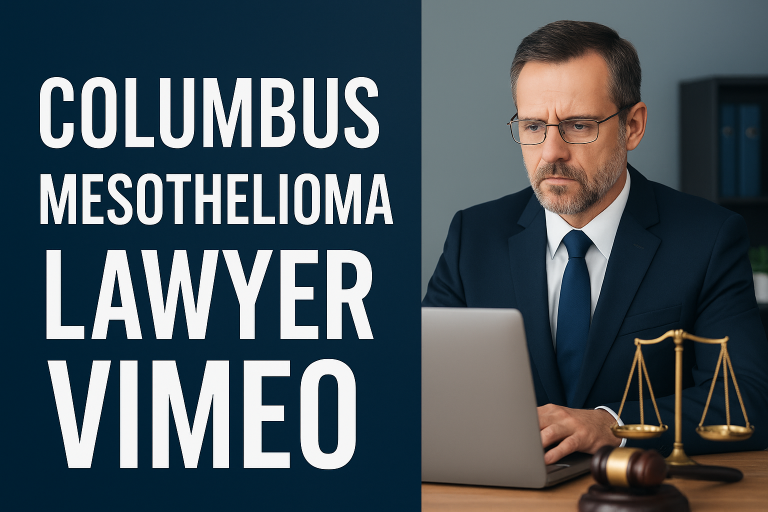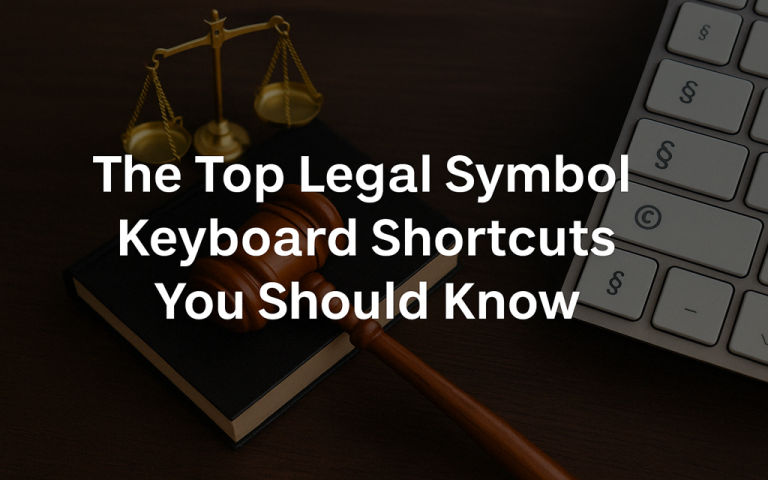The Sonos App Arbitration Agreement determines how users must resolve legal claims. The clause replaces court suits. It restricts class actions and forces arbitration. That rule applies even to past app failures. A major app update in May 2024 broke key features. Now users seek remedy. Mass arbitration emerged despite Sonos’s class‑action waiver.
This article explains what Sonos App Arbitration entails. It defines terms and opt‑out rules. It outlines user rights under state and federal law. Also, it describes how mass arbitration works and describes key cases filed. It offers guidance on how to proceed and shows timelines and record‑keeping steps.
What Is Sonos App Arbitration?
Sonos App Arbitration forces users to resolve any dispute through binding arbitration. All legal claims under Terms of Use fall under Section 13. Users cannot sue Sonos in court. Consumers waive jury trials. They also give up group lawsuits. Only individual claims remain. Arbitration follows the Federal Arbitration Act.
NAM (National Arbitration and Mediation) administers the process. Arbitration stays confidential and private. Users must first attempt informal resolution. They also can still use small claims court in limited cases. Intellectual property disputes and time‑bar defenses may go to court. Sonos binds users during setup and after agreeing to Terms. Past and future disputes are covered. Sonos App Arbitration applies even to device and software failures. This applies unless users opted out in time.
Why Did Sonos Enforce This Binding Arbitration Clause?
Sonos aimed to reduce liability and avoid public lawsuits. Arbitration lowers legal exposure and media scrutiny. The class‑action waiver blocks large group claims. The clause appeared in June 2024 Terms update. If users refused it, they lost app access. Many users missed the chance. The opt‑out window of 30 days remained hidden in legal text. Consequently, most users fell into binding arbitration by default. Sonos gains legal certainty and operational control. Arbitration avoids precedent‑setting decisions. Sonos also protects itself from coordinated lawsuits over major app failures. That move follows growing tech industry use of similar clauses.
Case Spotlight: 2024 App Update & User Lawsuits
Sonos released a redesigned app on May 7, 2024. That version removed features like alarms and playlist editing. Users reported crashes, lag, and lost connections. Some systems became unusable. Plaintiffs filed two federal class actions in May and June 2025. Leading suit is Raymond Goodrow v. Sonos in California (No. 2:25‑cv‑05776). Others include Blair et al. v. Sonos (No. 2:25‑cv‑05471). The lawsuits allege violations of California’s False Advertising Law, Unfair Competition Law, and the federal CFAA. They claim Sonos knew of the defects before release. The suits seek damages, payment for lost functionality, and injunctive relief. More than $5 million in harm is alleged among affected users.
How Mass Arbitration Works Around the Class‑Action Ban
Mass arbitration lets many individuals file separate claims at once. Sonos agreed to batch arbitration when 100 or more demands arise. NAM handles those filings in groups. Law firms like ClassAction.org coordinate thousands of users. Filing costs may decrease through NAM rules. Clients pay little or no fees if cases succeed. Recovery amounts vary by state: some offer $50–$10,000 statutory damages. Users who signed up receive joint guidance but individual case resolution. Awards remain confidential. Legal teams aim to pressure Sonos into fixes or compensation. Mass arbitration becomes a scalable path for justice.
Sonos App Arbitration Key Terms
| Topic | Details |
|---|---|
| Arbitration Clause | All disputes go through binding arbitration (§13) (Sonos) |
| Class‑Action Waiver | No collective lawsuits allowed |
| Opt‑Out Window | 30 days in writing to arb‑opt‑[email protected] or mail |
| Informal Dispute Process | Must send written description to [email protected] and wait 60 days |
| Arbitration Venue | U.S. residents arbitrate in home county; others in Santa Barbara, CA |
| Mass Arbitration | Requires 100 or more similar claims; processed in batches under NAM rules |
| Fees & Recovery | Clients pay fees only on win; statutory or actual damages apply |
What Users Should Do Next
Check if you opted out within the 30‑day window. If you didn’t opt out, you must follow arbitration terms. Send a detailed notice to [email protected]. Wait 60 days from receipt. If no resolution, join a mass arbitration group if eligible. Register via law firm websites coordinated with claimant groups. Document issues clearly: crashes, missing features, forced firmware updates. Keep dates and screenshots. Monitor arbitration status via provider portal. Understand recovery may include actual losses and statutory damages. Fees apply only if claims succeed. Seek legal advice if needed. Small claims court remains an alternative in limited cases like consumer protection violations.
Why Sonos App Arbitration Affects You
Most users missed the chance to opt out. A flawed app update broke core functionality. Sonos’s terms limit legal recourse. Mass arbitration emerges as a viable substitute. Your consumer rights depend on state law. Knowledge of these terms matters before agreeing. Tech firms increasingly use arbitration clauses. That trend limits access to courts. Users now look for collective redress via arbitration. Your decision to act alters legal outcomes. Awareness of arbitration tools empowers users.
Sonos App Arbitration: Final Takeaway
Sonos App Arbitration restricts how users can sue over software failures and hardware issues. You exchange court and class‑action rights for arbitration. A flawed app update in May 2024 triggered lawsuits. However, binding arbitration may block collective legal paths. Mass arbitration offers a structured individual remedy. Acting fast matters due to notice deadlines. Keep evidence. Join group filings if applicable. Understand that recovery routes vary by state. Arbitration allows user remedy, but under constrained terms. Sonos App Arbitration shapes legal outcomes for thousands. This guide arms you with knowledge and next steps if you suffered app failure.
Frequently Asked Questions: Sonos App Arbitration
Q1: What is Sonos App Arbitration?
It’s a legal clause that forces you to resolve disputes through private arbitration instead of suing in court.
Q2: Can I still join a class-action lawsuit against Sonos?
No, not if you agreed to the Terms. Sonos bans class actions. You can only file an individual claim or join mass arbitration.
Q3: Did I agree to this by using the app?
Yes. If you clicked “Accept” after the June 2024 update and didn’t opt out within 30 days, you’re bound.
Q4: Can I opt out now?
No. The opt-out deadline was 30 days after accepting the new terms. That window has now passed.
Q5: What if I never knew about this clause?
Unfortunately, that doesn’t change your legal position unless you formally opted out in writing.
Q6: How do I start arbitration or join mass arbitration?
Email [email protected] first. If unresolved in 60 days, use mass arbitration firms like ClassAction.org for coordinated filing.




